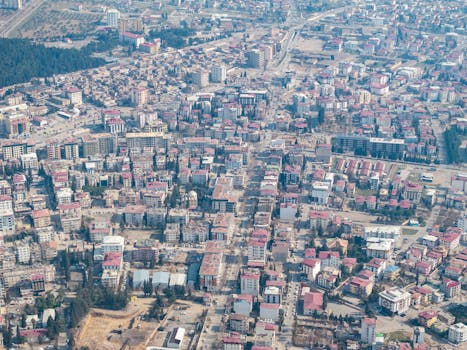
Network Infrastructure Components and Their Functions Overview – Network Infrastructure
Network Infrastructure refers to the underlying foundation of a network, comprising various components that enable data communication and exchange. In this article, we will delve into the key network infrastructure components and their functions, exploring how they work together to provide a seamless networking experience.
Introduction to Network Infrastructure Components
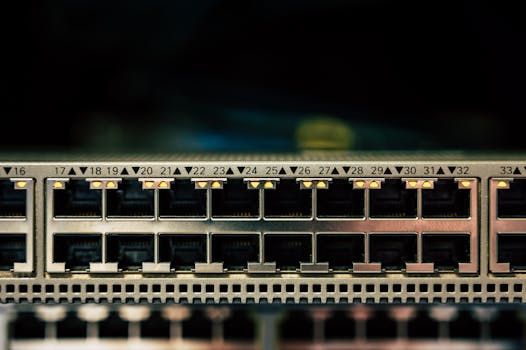
Network infrastructure components can be broadly categorized into three main groups: devices, media, and services. Each of these components plays a vital role in facilitating data transmission, routing, and management within a network.
Devices
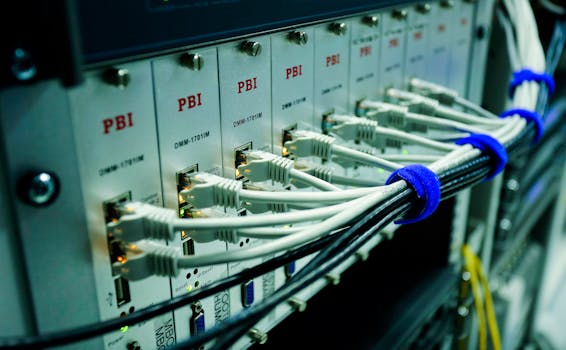
Network devices are the physical components that make up a network. These include:
- Routers: Direct traffic between networks and ensure data reaches its intended destination.
- Switches: Connect devices within a network, facilitating data exchange and communication.
- Servers: Host and manage data, applications, and services for network users.
- Firewalls: Protect networks from unauthorized access and cyber threats.
Media
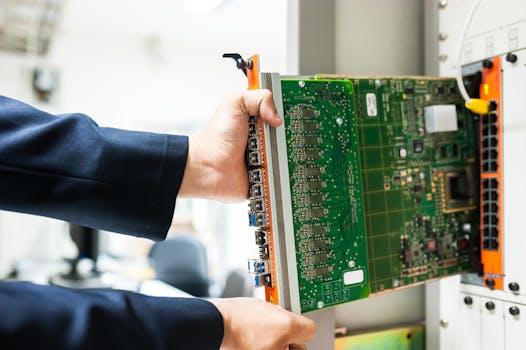
Network media refers to the channels or mediums through which data is transmitted. These include:
- Wired connections: Ethernet cables, fiber optic cables, and coaxial cables.
- Wireless connections: Wi-Fi, Bluetooth, and cellular networks.
Services
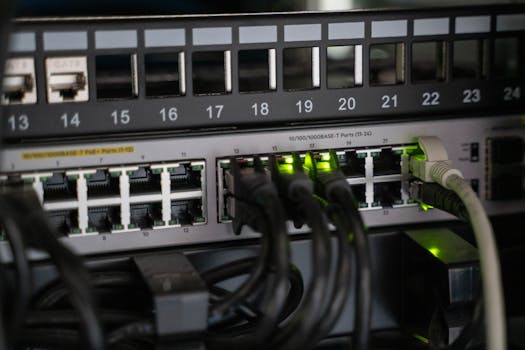
Network services are the software components that manage and facilitate network operations. These include:
- Domain Name System (DNS): Translates domain names into IP addresses.
- Dynamic Host Configuration Protocol (DHCP): Assigns IP addresses to devices on a network.
- Network Time Protocol (NTP): Synchronizes clock times across devices on a network.
Functions of Network Infrastructure Components
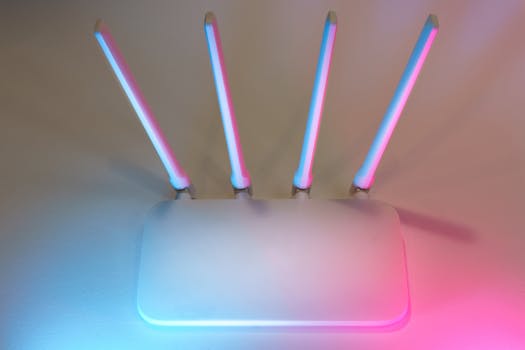
Each network infrastructure component has a specific function that contributes to the overall operation of a network.
Device Functions
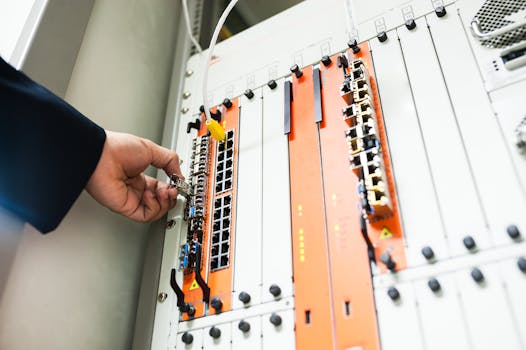
Network devices perform various functions, including:
- Routing: Directing traffic between networks.
- Switching: Connecting devices within a network.
- Server management: Hosting and managing data, applications, and services.
- Security: Protecting networks from unauthorized access and cyber threats.
Media Functions
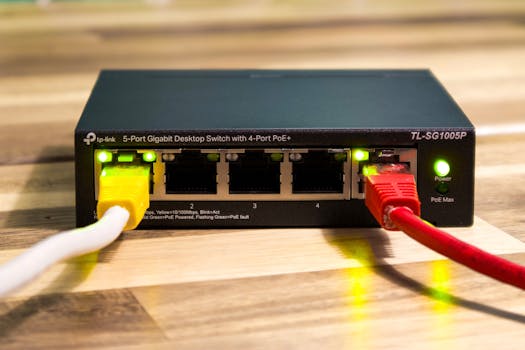
Network media enables data transmission and exchange between devices. The primary functions of network media include:
- Data transmission: Transferring data between devices.
- Signal propagation: Allowing signals to travel through the medium.
Service Functions

Network services manage and facilitate network operations, including:
- Domain name resolution: Translating domain names into IP addresses.
- IP address assignment: Assigning IP addresses to devices on a network.
- Time synchronization: Synchronizing clock times across devices on a network.
Conclusion
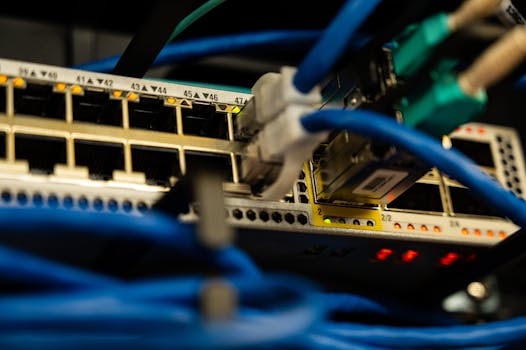
In conclusion, network infrastructure components and their functions are essential for building and maintaining a robust and efficient network. Understanding the roles of devices, media, and services is crucial for designing, implementing, and managing networks. By recognizing the importance of each component and their functions, network administrators and engineers can create networks that are scalable, secure, and reliable.

